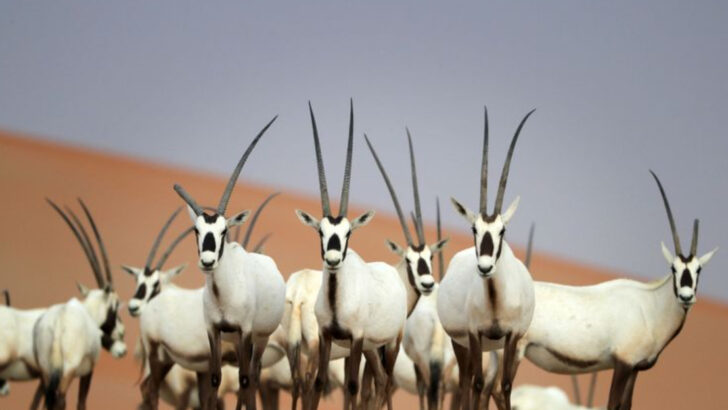Not every wildlife story ends in tragedy—some roar back to life.
While the headlines often scream extinction, there’s a quieter revolution happening in forests, oceans, and skies across the globe. Animals once teetering on the edge are clawing, swimming, and soaring their way back.
Thanks to relentless efforts from conservationists, local communities, and a lot of sheer animal grit, some species have defied the odds. From stealthy predators to gentle grazers, they’re proving the wild can still win.
This list celebrates 22 comeback champions—creatures that were once written off but are now writing new chapters.
Their survival isn’t just good news. It’s epic.
Ready to meet the fighters, the survivors, the miracle stories?
Giant Panda
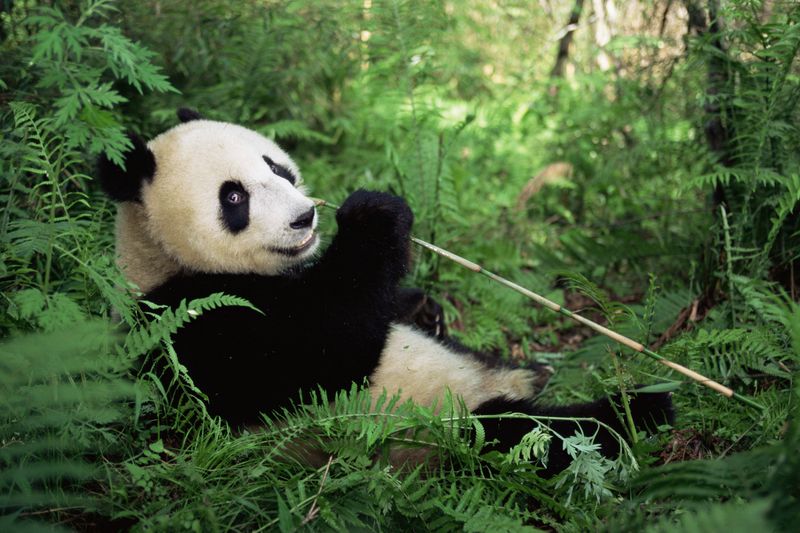
With their distinctive black and white fur, giant pandas have long captured the world’s fascination. Once on the brink of extinction, these beautiful animals have been steadily increasing in number due to dedicated conservation efforts in China.
The establishment of panda reserves and breeding programs have played a critical role in their recovery. Once reliant on bamboo forests that were rapidly disappearing, pandas now benefit from restored habitats.
These efforts have not only helped increase their population but also ensured a future for this beloved species. Today, they symbolize hope and resilience for endangered wildlife.
Humpback Whale
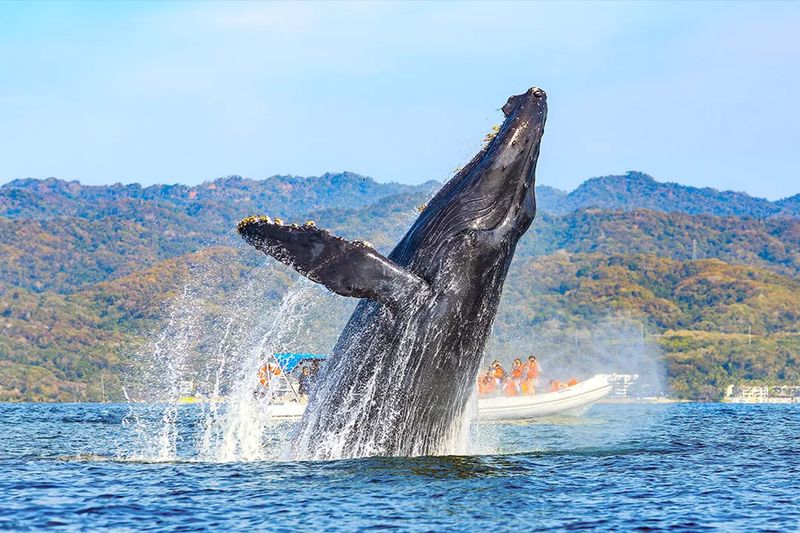
Once hunted to the edge of extinction, humpback whales are now a conservation success story. Thanks to international whaling bans and marine protection efforts, their populations have recovered significantly.
These gentle giants are known for their acrobatic breaches and complex songs, enchanting those fortunate enough to witness them. The protection of their breeding grounds and migration routes has been crucial.
Today, many coastal communities thrive on whale watching tourism, showcasing the positive impact of conservation. Watching a humpback whale breach is a reminder of nature’s resilience and the power of collective action.
Iberian Lynx
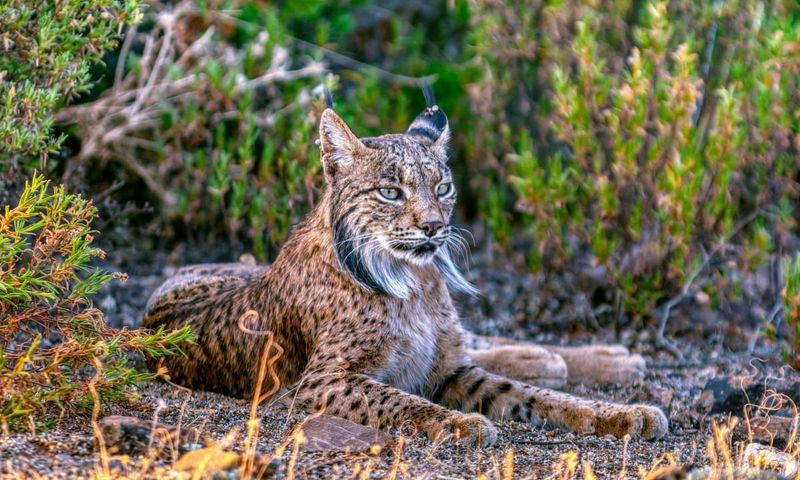
The Iberian Lynx, once the world’s most endangered feline, is making a remarkable recovery. Native to the Iberian Peninsula, these wild cats faced habitat destruction and a decline in their primary prey, the European rabbit.
Intense conservation efforts, including breeding programs and habitat restoration, have contributed to their growing numbers. The lynx’s solitary and elusive nature makes it a rare sight in the wild.
However, their presence is an indication of a healthy ecosystem. The story of the Iberian Lynx is a testament to successful conservation strategies and the importance of restoring natural habitats.
Bald Eagle
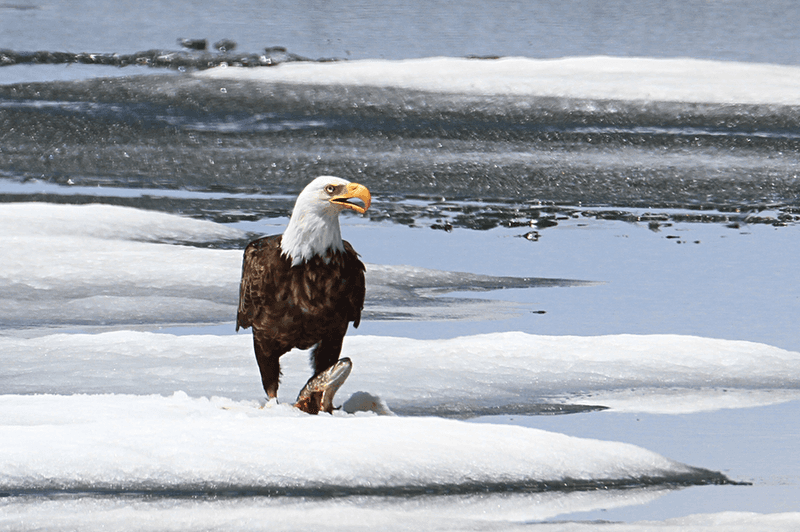
The symbol of American freedom, Bald Eagles have soared back from near extinction. Once threatened by habitat loss and the pesticide DDT, these majestic birds have been aided by legal protections and habitat restoration.
Their numbers have surged in North America, thanks to the banning of harmful pesticides and dedicated conservation efforts. With their nests now protected, Bald Eagles can be seen across various landscapes, from coastal shores to mountain forests.
Their recovery is a powerful reminder of the impact of policy changes on wildlife conservation, inspiring hope for other endangered species.
American Alligator
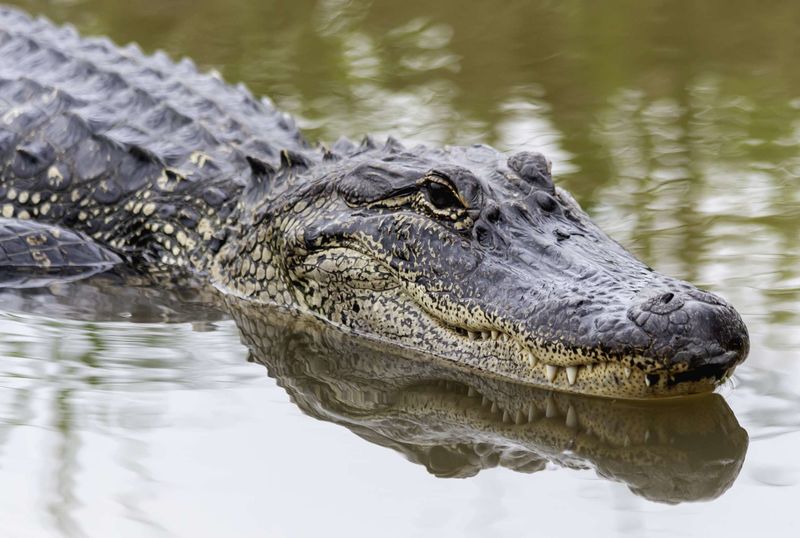
Once on the brink of extinction due to hunting and habitat loss, the American Alligator has made a stunning comeback. Now thriving in the southeastern United States, these reptiles have benefited from legal protections and conservation programs.
Their recovery has been so successful that they’ve been removed from the endangered species list. American Alligators play a crucial role in maintaining the ecological balance of their habitats.
Their presence indicates a well-functioning wetland ecosystem. This success story highlights the effectiveness of wildlife management practices and the resilience of nature when given a chance to recover.
Gray Wolf

The haunting howl of the Gray Wolf once echoed through North America’s wilderness. Due to hunting and habitat destruction, these iconic predators nearly vanished in the lower 48 states.
However, reintroduction programs and legal protections have facilitated their return to regions like the Northern Rockies and Great Lakes. Gray Wolves play a critical role in regulating prey populations, contributing to a balanced ecosystem.
Their comeback is celebrated by conservationists and challenges us to coexist with these powerful creatures. The return of the Gray Wolf symbolizes hope for species restoration and ecological healing.
Galápagos Giant Tortoise
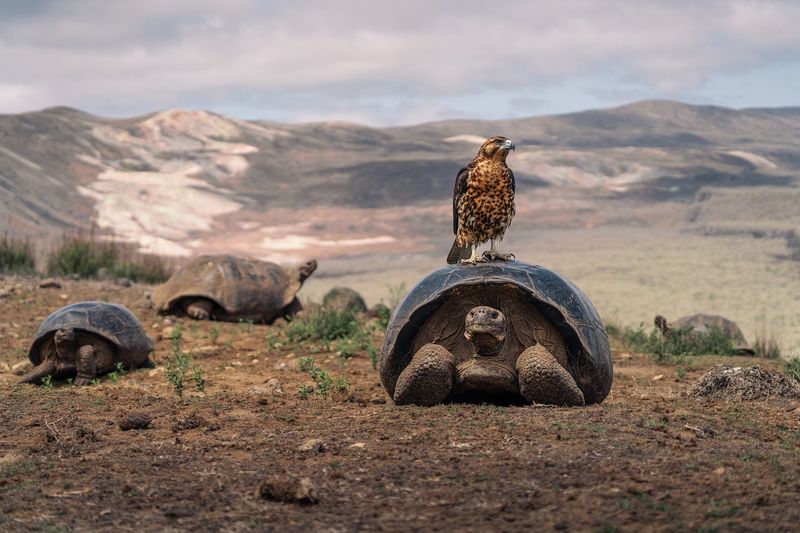
The Galápagos Giant Tortoise, a true icon of evolutionary study, is experiencing a heartening resurgence. Once decimated by exploitation and habitat destruction, targeted conservation efforts have significantly increased their population.
Breeding programs and habitat restoration in the Galápagos Islands have been pivotal to their recovery. These ancient reptiles, known for their long lifespans and slow movements, fascinate both scientists and tourists alike.
Their survival offers insight into the importance of biodiversity preservation. The Galápagos Giant Tortoise’s journey from near extinction to recovery showcases the effectiveness of dedicated conservation strategies.
California Condor
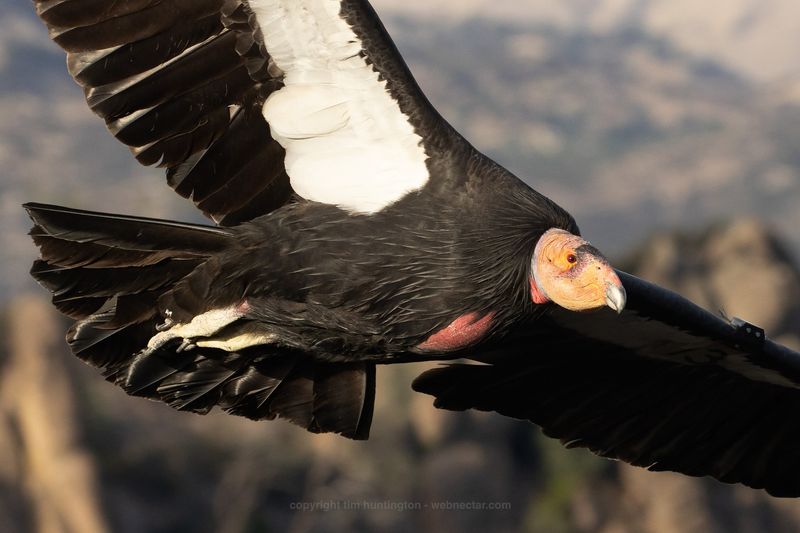
The California Condor, North America’s largest bird, once teetered on the brink of extinction. With only 27 individuals left in the 1980s, a bold captive breeding program was launched.
Today, these magnificent birds are being reintroduced into the wild across California, Arizona, and Utah. Condors are vital scavengers, playing a key role in their ecosystems by consuming carrion.
Their recovery not only highlights successful breeding efforts but also underscores the importance of habitat protection. As they soar over canyons and coastlines, California Condors inspire awe and hope for the future of conservation.
Amur Leopard
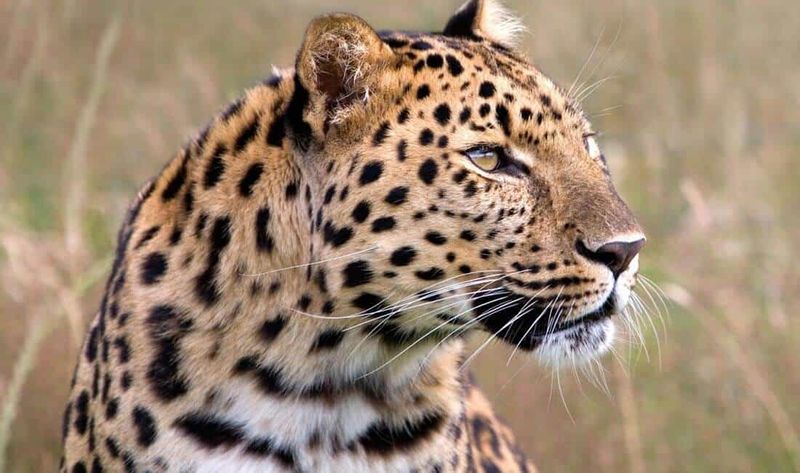
Among the rarest cats in the world, the Amur Leopard’s population once dwindled to critical levels. Found primarily in the remote regions of the Russian Far East, these elusive felines faced threats from poaching and habitat loss.
However, international conservation efforts and anti-poaching measures have led to a slow but steady recovery. Amur Leopards are known for their stunning spotted coats and solitary nature.
Their survival depends on the preservation of their forest habitats. The Amur Leopard’s journey to recovery reflects the importance of global cooperation in conserving endangered species and protecting natural ecosystems.
Mountain Gorilla
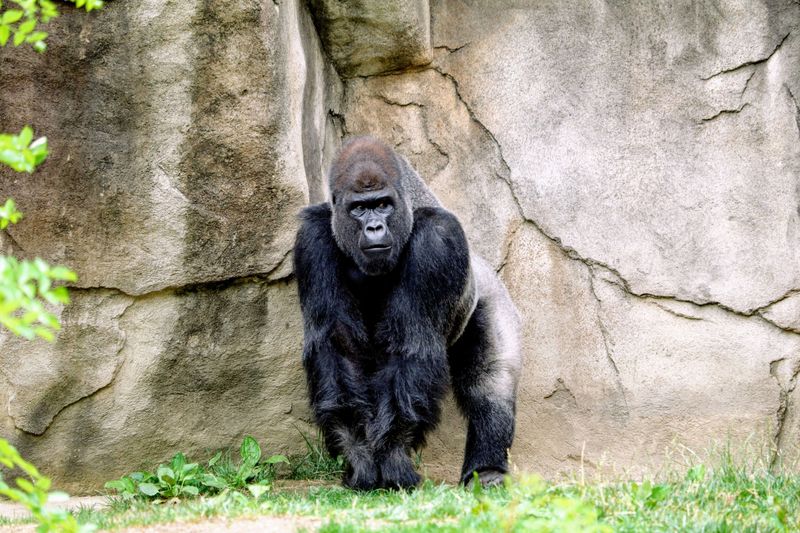
In the misty forests of Central Africa, Mountain Gorillas have found a refuge. These great apes, once severely threatened by poaching and habitat loss, are now slowly increasing in number.
Conservation efforts in Rwanda, Uganda, and the Democratic Republic of Congo have been instrumental in their recovery. Mountain Gorillas are known for their gentle nature and striking presence.
Tourism has played a significant role in funding their conservation, leading to improved protection. This success story of the Mountain Gorilla is a testament to the power of sustainable tourism and community-based wildlife conservation.
Snow Leopard

High in the rugged mountains of Central Asia, Snow Leopards are stealthily regaining their numbers. Once dwindling due to poaching and habitat fragmentation, concerted conservation actions have helped stabilize their population.
The establishment of protected areas and anti-poaching campaigns have been pivotal in this effort. Snow Leopards are known for their solitary and elusive nature, making them challenging to study.
Their recovery is an encouraging sign for the fragile mountain ecosystems they inhabit. The Snow Leopard’s story highlights the need for ongoing conservation efforts in remote and challenging environments.
Green Sea Turtle
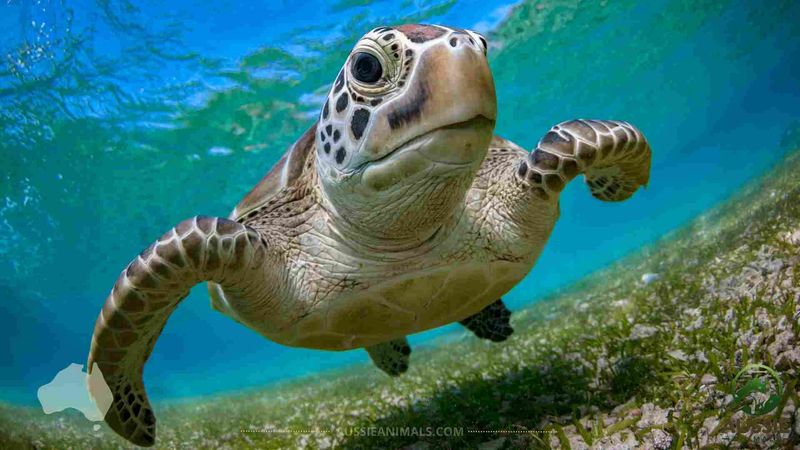
Once threatened by illegal poaching and habitat loss, the Green Sea Turtle is making a comeback. Conservation initiatives, such as protected nesting sites and anti-poaching laws, have significantly contributed to their recovery.
These majestic creatures are now returning to beaches worldwide. Green Sea Turtles play a vital role in maintaining healthy marine ecosystems, as they graze on seagrass beds and contribute to coral reef health.
Their resurgence is a testament to successful international collaboration in marine conservation. The Green Sea Turtle’s journey to recovery is a beacon of hope for oceanic life.
Asian Elephant
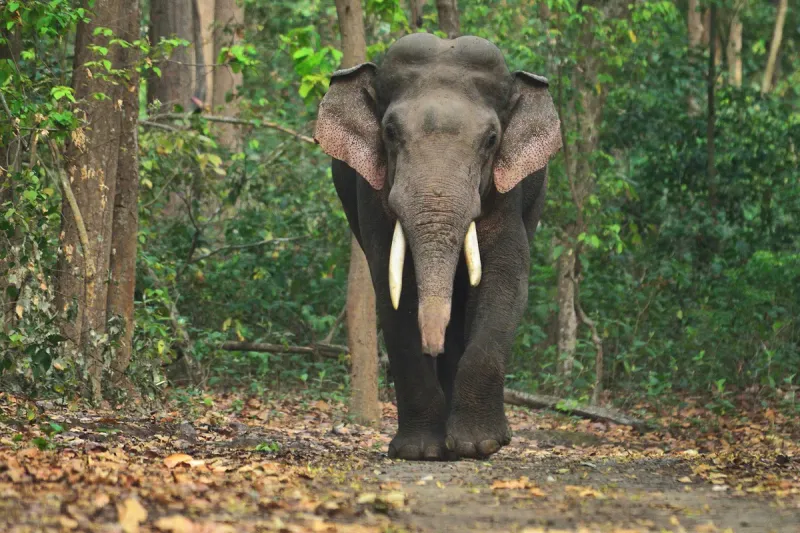
The gentle giant of Asia, the Asian Elephant, is slowly recovering from the brink of extinction. Habitat destruction and poaching for ivory severely threatened their existence.
However, community-based conservation projects and anti-poaching laws have helped protect these magnificent creatures. Asian Elephants are crucial to their ecosystems, as they facilitate seed dispersal and create pathways for other animals in the forest.
Their recovery highlights the significance of harmonious coexistence between humans and wildlife. The story of the Asian Elephant underscores the need for continued conservation efforts and habitat preservation.
Bonobo
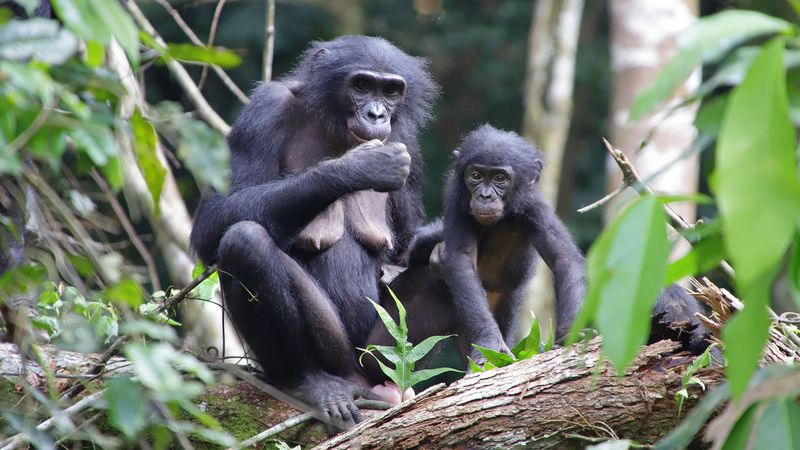
Bonobos, known for their peaceful social structures, have faced severe threats from habitat destruction and hunting. Their numbers are slowly increasing thanks to conservation efforts in the Democratic Republic of Congo.
Protecting their forest habitat and promoting eco-tourism have been vital to their survival. These primates are closely related to humans, sharing traits like empathy and cooperation.
The recovery of Bonobos highlights the importance of preserving biodiversity and respecting natural habitats. Their story serves as a reminder of the interconnectedness of all living beings and the need for sustainable conservation practices.
Sea Otter
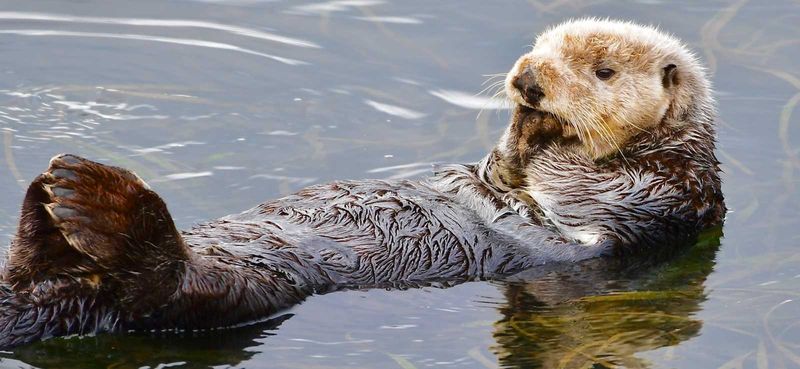
Once hunted for their luxurious fur, Sea Otters have made a remarkable comeback along the Pacific coast. Conservation measures, including legal protection and habitat preservation, have been crucial in their recovery.
These marine mammals are essential for maintaining healthy kelp forest ecosystems. Sea Otters are known for their playful behavior and use of tools to hunt for food.
Their resurgence is a positive sign for marine biodiversity and ecosystem health. The story of the Sea Otter’s recovery underscores the success of targeted conservation efforts and the importance of protecting marine habitats.
Przewalski’s Horse
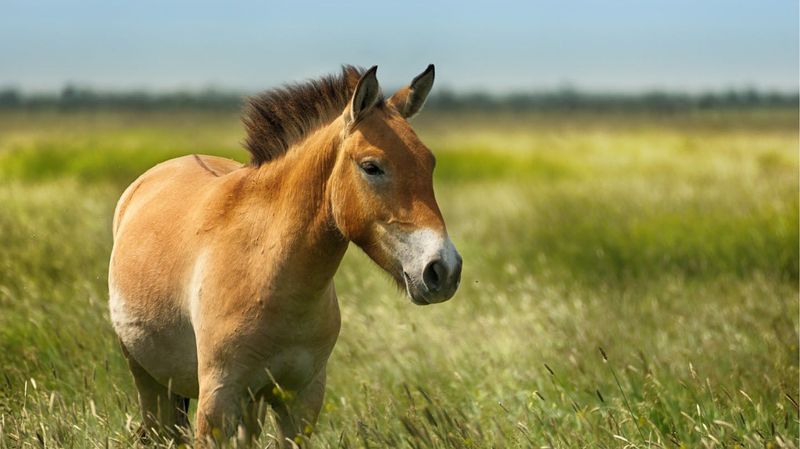
Przewalski’s Horse, once extinct in the wild, has been successfully reintroduced to its native habitats. These robust horses, recognizable by their stocky build and short, upright mane, now roam the steppes of Mongolia.
Captive breeding programs and reintroduction efforts have been key to their survival. As the only true wild horse species left, Przewalski’s Horse symbolizes hope for rewilding efforts worldwide.
Their recovery highlights the importance of genetic diversity and coordinated conservation strategies. The return of Przewalski’s Horse to the wild is a testament to the resilience of nature and human dedication to species preservation.
Sumatran Orangutan
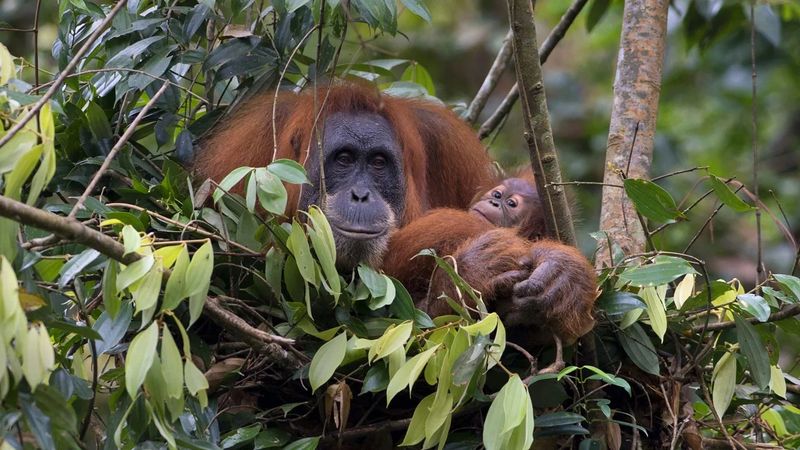
In the dwindling rainforests of Sumatra, the Sumatran Orangutan is slowly making a comeback. Threatened by deforestation and poaching, these intelligent primates have benefited from conservation efforts focused on habitat protection and anti-poaching measures.
Sumatran Orangutans are known for their distinctive red fur and intelligence. Their recovery is crucial for the biodiversity of their forest homes.
The story of the Sumatran Orangutan’s fight for survival emphasizes the need for habitat conservation and highlights the interconnectedness of forest ecosystems and wildlife.
Rhinoceros Iguana
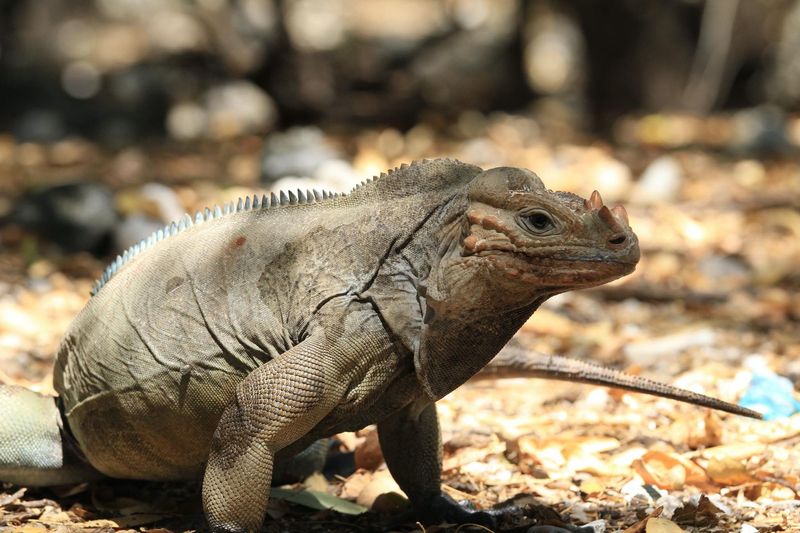
The Rhinoceros Iguana, native to the Caribbean island of Hispaniola, is seeing a resurgence thanks to conservation work. Once threatened by habitat loss and invasive species, these iguanas are now thriving in protected areas.
Their rugged appearance, with horn-like structures on their heads, adds to their unique charm. As important seed dispersers, Rhinoceros Iguanas play a vital role in their ecosystems.
Their recovery story highlights the success of habitat protection and invasive species management. The Rhinoceros Iguana’s journey to recovery demonstrates the importance of preserving island biodiversity and the power of targeted conservation efforts.
Bison
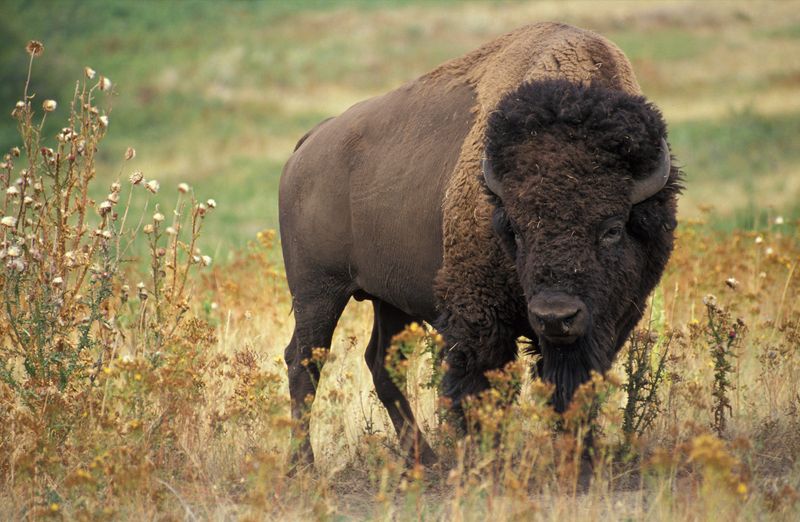
Once roaming the plains in vast numbers, Bison populations were decimated by overhunting and habitat loss. Thanks to extensive conservation efforts, including reintroduction programs and protected reserves, these majestic animals are making a comeback.
Bison are keystone species, playing a crucial role in maintaining prairie ecosystems. Their recovery is a victory for conservationists and a symbol of American heritage.
The story of the Bison’s return to the plains underscores the importance of preserving natural habitats and the resilience of wildlife when given a chance to thrive.
Saiga Antelope
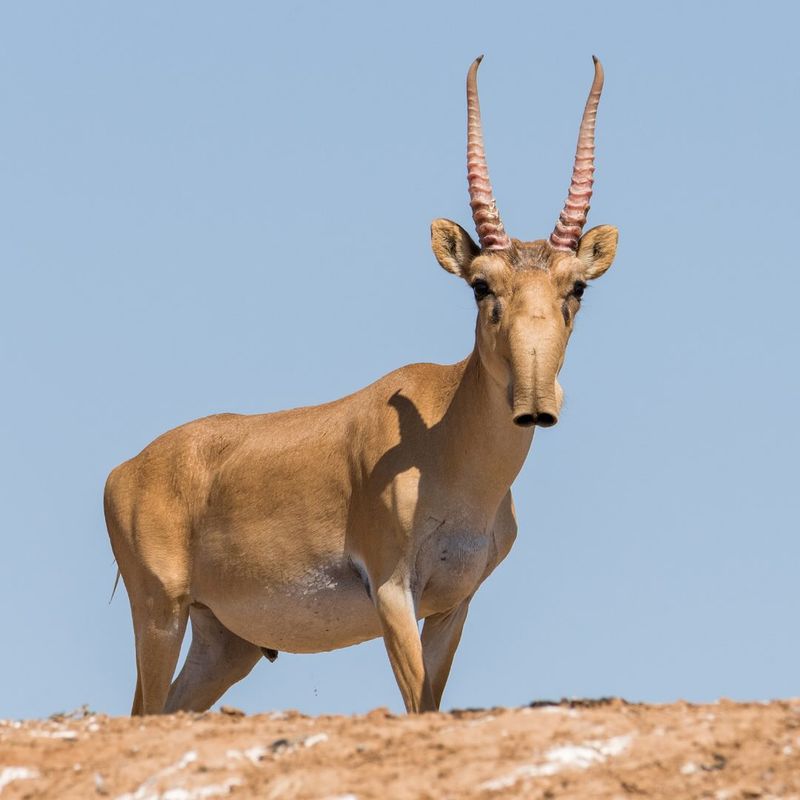
The Saiga Antelope, with its unique bulbous nose, once faced extinction due to poaching and habitat loss in the Eurasian steppes. Conservation efforts, including anti-poaching measures and habitat restoration, have helped stabilize their populations.
These antelopes are essential for the steppe ecosystem, as they graze on grasses and disperse seeds. Their recovery story highlights the importance of international cooperation in wildlife conservation.
The Saiga Antelope’s journey from the brink of extinction to gradual recovery serves as a reminder of the challenges and triumphs in the fight to protect endangered species.
Arabian Oryx
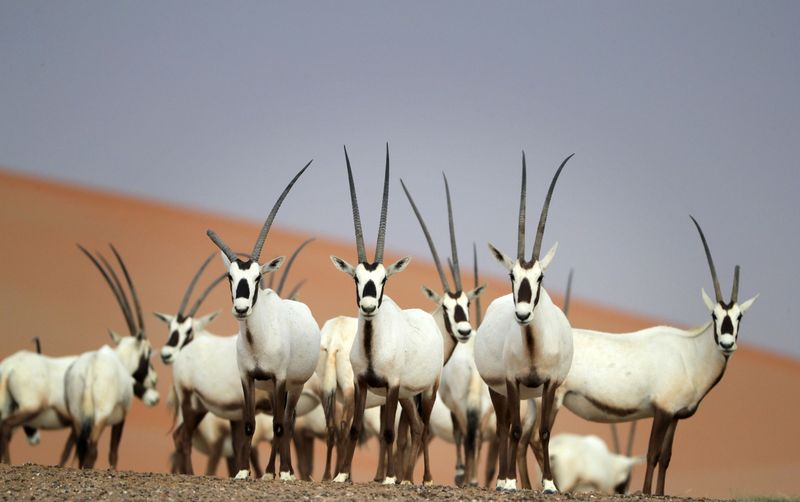
Once on the brink of extinction, the Arabian Oryx now roams free in its native desert habitats. In the 1970s, only a handful remained due to poaching. Thanks to dedicated conservation efforts, their numbers have rebounded impressively.
Today, the Arabian Oryx symbolizes hope and resilience. Its striking white coat helps reflect the desert sun, while its long, straight horns provide a majestic silhouette against the sand dunes.
Did you know? The Arabian Oryx is believed to have inspired the unicorn myth, with its solitary horn-like profile when viewed from the side.
Manatee
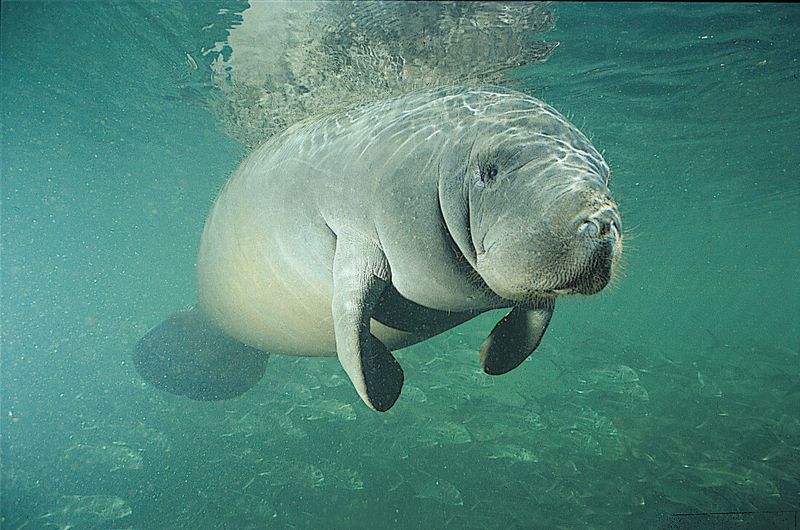
The gentle manatee, often called the sea cow, has seen a heartening population increase in recent years. Once critically endangered due to boat collisions and habitat loss, manatees are now recovering, thanks to improved protection measures.
These marine mammals captivate with their slow, graceful movements and curious nature. In Florida, they can often be seen navigating warm waters, grazing on seagrass beds.
Fun fact: Despite their massive size, manatees are herbivores, consuming up to 10% of their body weight in vegetation every day! Conservation efforts ensure these peaceful creatures continue to thrive.

